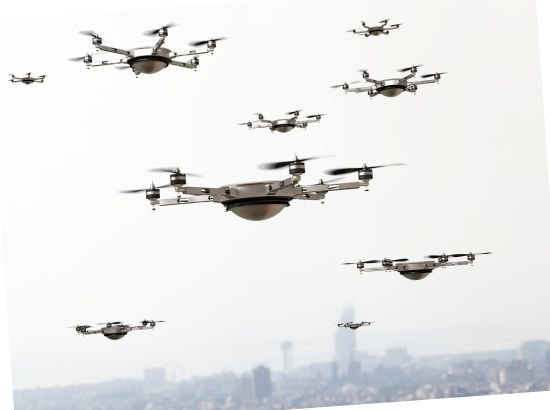
Copenhagen, October 1, 2025 – Warfare is rapidly changing across the globe, and drones are now replacing traditional weapons like artillery, tanks, and rifles on modern battlefields. Countries such as Russia, Iran, and Turkey have gained a strategic edge in drone warfare. Russia, in particular, has effectively deployed drones in Ukraine, achieving significant results at lower costs compared to conventional arms.
Amid growing concerns, 27 European nations have agreed to build the world’s first “Drone Wall” – a joint defense system aimed at countering Russian drones that have repeatedly violated European airspace.
In September, Poland – a NATO member – reported sightings of Russian drones in its skies, triggering alarm. Similar incidents were reported in Estonia and Romania, further raising security concerns. Following these developments, several EU and NATO countries bordering Russia, including Bulgaria, Estonia, Hungary, Latvia, Lithuania, Romania, Poland, Slovakia, Denmark, and Finland, came together for high-level discussions in Denmark.
The outcome: consensus on the urgent need for a Drone Wall to safeguard European airspace.
The proposed Drone Wall would rely on advanced anti-drone technologies, including radar, jammers, and detection sensors, to spot intruding drones instantly and neutralize them before they reach critical targets.
The system would provide real-time alerts across the EU.
Member states would agree to share intelligence and tracking data, enabling collective responses.
Russian or other foreign drones attempting to enter EU airspace could be intercepted immediately.
The model also draws on Ukraine’s battlefield experience, where drones have become a central element of Russia’s ongoing attacks.
NATO Secretary-General Mark Rutte emphasized the urgency, stating:
“We must protect our skies. Missiles are too expensive and not a practical solution against drones. That is why we need a Drone Wall, which would be more effective and cost-efficient.”
While the exact design, cost, and timeline of the Drone Wall remain unclear, discussions are ongoing, with strong support from frontline states.
This would mark the first coordinated effort by EU and NATO nations to establish a continent-wide defensive barrier against drones, signaling both growing fears of Russian aggression and Europe’s intent to modernize its defense strategy.